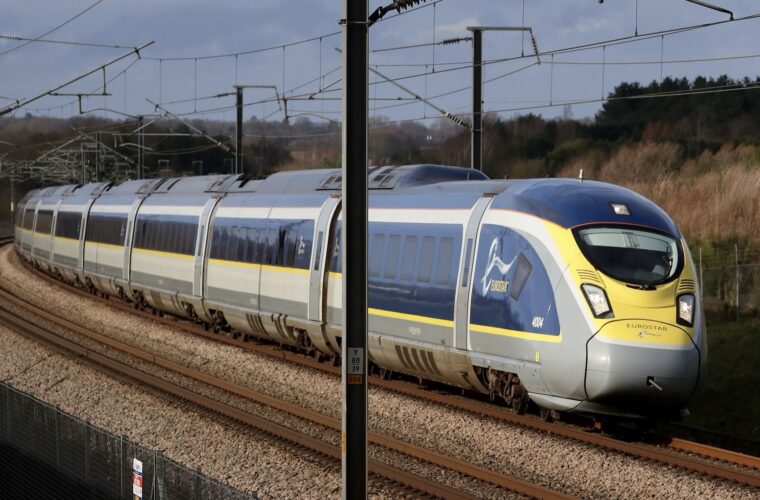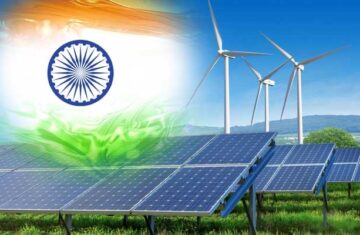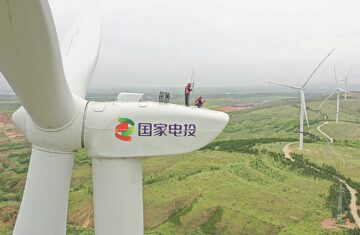ADVERTISEMENT
By 2030, Eurostar plans to run all of its trains entirely on renewable energy.
The plan was outlined in the business’s inaugural sustainability report, which was made public on Tuesday.
It describes initiatives to minimize waste, source renewable energy, use less energy, and encourage train travel as a more environmentally friendly option than flying.
How is 100% renewable energy going to power Eurostar?
The objective to transition to renewable energy sources by the end of the decade is “a deliberately ambitious target,” according to Gwendoline Cazenave, CEO of Eurostar, with the intention of “[accelerating] change across the sector.”
It is looking for cooperation from partners in the nations where it operates as well as regulatory support for the quick implementation of new renewable energy projects.
ADVERTISEMENT
For instance, it has started talks to investigate installing solar power projects to power trains with Infrabel, the government-owned railway company in Belgium.
Eurostar has also just become a member of the RE100 alliance, a global corporate renewable energy consortium of large companies dedicated to environmentally responsible business practices.
Cazenave declares, “We are honored to be the first railcompany to join.” 25 percent of Europe’s greenhouse gas emissions now come from the transportation sector, so building sustainable high-speed rail is essential to addressing 25 percent of the continent’s climate issues.
By means of this initiative, Eurostar will have access to a network of more than 400 companies that are striving for a common objective.
Is Eurostar expected to run entirely on renewable energy?
Millions of passengers travel throughout Europe every year on the high-speed rail network operated by Eurostar, which connects France, Belgium, the Netherlands, Germany, and the UK.
Since 2017, all trains in the Netherlands have operated solely on wind energy.
Since 2023, wind energy has provided 40% of Eurostar’s energy supply in the UK. This will reach 80% when plans to add solar assets are implemented by 2025.
Currently, a passenger’s emissions between London and Paris can be reduced by 96% by using the train instead of an airplane, from 66 kg to 2.4 kg of CO2.
Eurostar is going green in other ways, too.
By incorporating circularity into its products to minimize waste and use resources more effectively, Eurostar also seeks to lessen its environmental effect.
Offering vegetarian and vegan options that are kind to the environment and sourcing sustainable ingredients for onboard dining are two examples of this. Additionally, Eurostar has replaced plastic food and drink packaging with recyclable and biodegradable substitutes.
Any food that is not sold on its London services is given to the waste-reduction business Olio, which then distributes it to nearby communities. Food waste is composted or converted into organic fertilizer.
The train operator additionally seeks to promote sustainable travel and transfers by enhancing connectivity with nearby rail networks and airports. Passengers can purchase air/rail tickets that include high-speed train connections to or from the airport thanks to its partnership with Dutch airline KLM.
By 2030, the company hopes to transport 30 million passengers a year, up from 18.6 million in 2023.



